| Gastropods have a unique feeding structure called a radula that is a belt of chitinous teeth stretched over a cartilage base. This is used for grinding and rasping food. Freshwater snails have several methods for breathing underwater. Some have gills within a mantle cavity inside the shell, others obtain oxygen from an air filled space within the body and yet others have a peripherally placed pseudobranch, which is a small triangular shaped process, presumed to have some respiratory function. The snail secretes its own shell. As snails grow more calcareous material is deposited along the periphery of the shell such that the aperture edge represents the youngest part of the shell. Gastropods move by producing a mucus lubricant under the flat ventral surface of the foot and a series of muscular contractions allow them to “slide” across the substrate. Gastropods play an important role in the break down of dead animal and vegetable matter. Snails can be of economic importance carrying parasites that affect both humans (bathers’ itch) and animals (liver fluke). |
| Descriptive Features:
soft bodied, with no limbs or segmentation
body consists of a visceral hump, single muscular foot and anterior head
head has a pair of tentacles with eyes at the tips or bases
single hard shell, light yellowy brown to blackish, limpet-shaped or coiled into a flattened spiral or coiled and drawn out to a helical structure
soft body can withdraw into shell
some families with an operculum that seals the shell when body is fully withdrawn
mantle cavity faces anteriorly
positioning of aperture, to left or right, is a diagnostic character for family and genus level identification
Total length: varies greatly from less than 3 mm up to 30 mm |
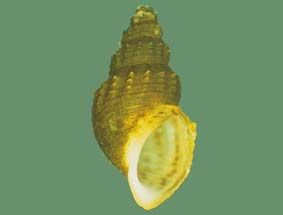
|
|
| |
| Taxonomic Checklist:
Architaenioglossa
Basommatophora
Cerithimorpha
Hygrophila
Hypsogastropoda
Neritopsina
|

|
|
| |
Distribution: Australia wide
Sensitivity Rating: SIGNAL grade 1. Gastropods are rare in organically polluted or acidic water bodies. Snails tolerate slightly saline waters.
Functional Feeding Group: scrapers, scavengers, predators
|

|
|
| Ecology: Gastropoda are found in a wide range of still and flowing freshwater habitats of coastal and inland streams, rivers, pools, dams and billabongs. Snails are collected from the weeds and algae in shallow waters, from soft muddy substrata in flowing waters, attached to plant material, rocks or pebbles of slow flowing waters and amongst leaves and debris of backwaters. Several Australian gastropods can resist desiccation and so may live in temporary pools in central Australia that become dry for long periods of time. Those species that lack an operculum secrete a calcified plug, known as an epiphragm to seal their shells. Some gastropods are omnivorous but mostly snails are herbivorous grazing on plant material and detritus, particularly the algal film coating on submerged plants. Many freshwater snails are dioecious but some are hermaphrodites having both male and female reproductive organs. Copulation takes place with the reciprocal exchange of sperm packets and eggs are typically laid in a gelatinous mass attached to the substratum, however Viviparidae, many Hydrobiidae and Glacidorbidae: Glacidorbis do bear live young. |
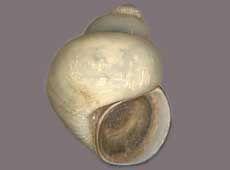
|
Architaenioglossa |
|
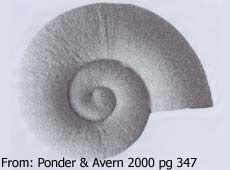
|
Basommatphora |
|
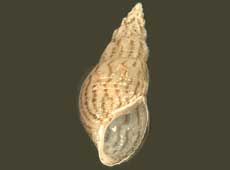
|
Cerithimorpha |
|
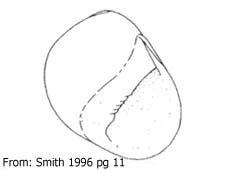
|
Neritopsina |
|
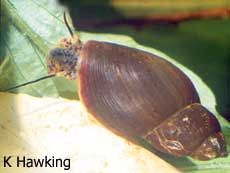
|
Hygrophila |
|
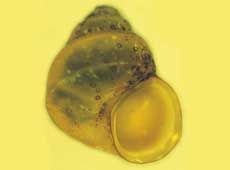
|
Hypsogastropoda |
|
|
| |
| Information Sources: Ponder 2001, Williams 1980, Beesley 2008, Davis & Christidis 1997, Hawking & Smith 1997, Ingram et al 1997 |
More ››› key to orders 
|
|